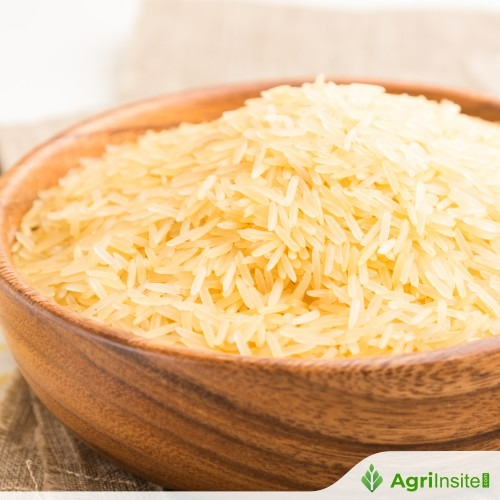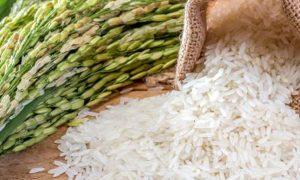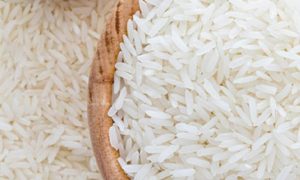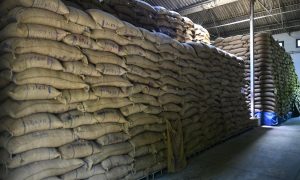Japan’s rice prices up 91% in a year

Rice prices in Japan surged 90.7% in July year-on-year, though growth slowed from May–June highs above 100%. Inflation remains at 3.1%, above the Bank of Japan’s 2% target, raising rate-hike expectations. Prime Minister Shigeru Ishiba faces political pressure amid supply issues, U.S. tariff impacts, and calls to import more American rice.
Rice prices in Japan rose by 90.7% in July year-on-year, according to official data released on Friday, but the pace of growth slowed compared to previous months, bringing some relief to Prime Minister Shigeru Ishiba, UNN reports with reference to AFP.
Ishiba’s future is uncertain after his coalition lost its majority in both houses in this year’s elections, amidst voters, angered by rising prices, abandoning his long-dominant Liberal Democratic Party.
Rice prices have surged in recent months due to supply issues related to a very hot summer in 2023 and panic buying after a “mega-earthquake” warning last year, among other factors.
Overall, Japan’s core inflation fell to 3.1% from 3.3% in June. But it remains above the Bank of Japan’s 2% target, strengthening expectations for interest rate hikes this year. The measure, which excludes fresh food prices, was slightly above market expectations of 3.0%. Excluding energy, consumer prices rose by 3.4% – the same as in June.
The Bank of Japan last raised interest rates in January but is reluctant to further tighten monetary policy. It believes that inflation above target is caused by temporary factors, including the price of rice.
This month, US Treasury Secretary Scott Bessent increased pressure on the Bank of Japan to raise rates, stating that the central bank was “behind the curve” on inflation.
“While inflation is likely to fall a little further in the coming months, this should not prevent the Bank of Japan from resuming its tightening cycle in October,” said Abhijit Surya of Capital Economics on Friday.
In June, the price of rice was 100.2% higher than a year earlier. In May, this figure was 101.7%.
Ishiba appointed a new agriculture minister, and his government released emergency stocks to lower prices.
Earlier this month, Japan announced a change in its long-standing policy of encouraging farmers to grow crops other than rice.
US President Donald Trump also wants Japan to import more American rice.
Last week, data showed that Japan’s economy grew by 1.0% year-on-year in the second quarter.
These figures indicate that the economy was less affected by US tariffs than feared.
But other data released on Wednesday showed that exports to the United States fell by 10.1% in July, and car prices decreased by 28.4%.
Initially, Trump imposed general tariffs of 10% on Japan, as well as tariffs of 27.5% on cars.
Japan’s automotive industry, which includes giants like Toyota and Honda, provides about 8% of the country’s jobs.
To Read more about Rice News continue reading Agriinsite.com
Source : UNN















